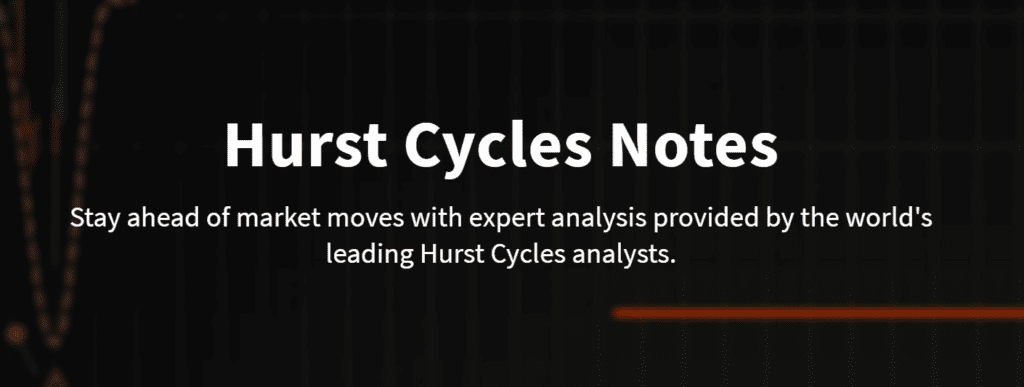See How Elliott Waves Help You Avoid “Getting Married to the Trend”By Elliott Wave InternationalMost investors make the mistake of linearly extrapolating a financial trend into the future, especially at junctures when that trend is near a turn. In everyday terms, it’s called “getting married to the trend.” Here’s what Elliott Wave International President Robert Prechter said in his book, Prechter’s Perspective: Most published forecasts are at best descriptions of what has already happened. I never give any forecast a second thought unless it addresses the question of the point at which a change in trend may occur. … Read forecasts carefully. If they are unsophisticated, linear extrapolations of a recent trend, it’s probably the best policy to toss them aside and go search for something potentially useful. Employing the Elliott wave model helps a market participant to avoid the error of assuming that today’s trend will carry into tomorrow. Why, even a 3rd-grader can learn a tell-tale sign of when a trend is about to change. More on that in a bit. First, let’s look at a prime historical example of how trend extrapolation manifests. A little background: the price of crude oil hit a low of $49.90 in January 2007 and then climbed dramatically in the following year and a half, reaching a high of $147.50 in July 2008. Many energy market observers expected even higher prices. Here are just a few of the headlines as crude oil was skyrocketing:
In the same time frame, one chief executive of an energy firm had predicted $250 a barrel. Yet, around the time these headlines were published, the Elliott wave model was suggesting a different price path for oil. The June 8, 2008 Elliott Wave Theorist, a monthly publication which has provided analysis and forecasts for financial markets and cultural trends since 1979, said: The Top of Wave 5 in Crude Oil Is Fast Approaching Now, what is the significance of the completion of a fifth wave? That means that a trend, whether up or down, is on the cusp of a turn. In this case, the trend had been up. So, the “top of Wave 5” meant that the next significant price move would be down. Well, as mentioned a moment ago, just a month later, crude oil’s price hit that $147.50 top. Here’s what followed: As Robert Prechter noted in his 2017 book, The Socionomic Theory of Finance: Only someone extrapolating an Elliott wave could see that “one of the greatest commodity tops of all time” lay dead ahead. Those using supply-demand arguments and linear extrapolation … were in the wrong place at the wrong time. So, if you can count to five, you can anticipate trend turns, even when the majority are expecting the trend to continue. Let’s go a bit further back in history and see how “counting to five” helped our analysts call a top in the price of General Electric’s stock. In late October 2000, this chart was published in the Elliott Wave Financial Forecast, a monthly publication that covers major U.S. financial markets: The completion of a quarter-century five-wave pattern portended a major reversal in GE’s stock. At the time, the Elliott Wave Financial Forecast made a straightforward forecast: GE is going to go way down … . Here’s what happened thereafter: But, getting back to that 3rd-grader who was mentioned earlier, you can see him discern a five-wave pattern in a market chart yourself and perhaps learn in the process. Also, see how a college student picked right up on an even more detailed Elliott wave pattern — in no time! Then, hear from one of Elliott Wave International’s own wave experts who has more to say about the error of assuming a current trend will persist, well, merely because it’s already in place. It’s all in a video titled “Anyone Can Learn the Wave Principle.” Just follow this link to watch this fun little video now: “Anyone Can Learn the Wave Principle.” This article was syndicated by Elliott Wave International and was originally published under the headline Stocks, Oil: See How Elliott Waves Help You Avoid “Getting Married to the Trend”. |





